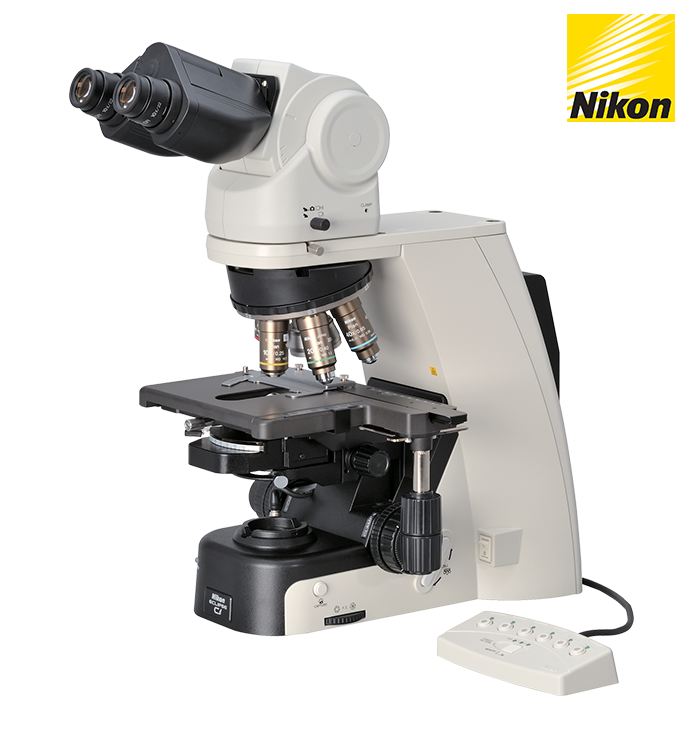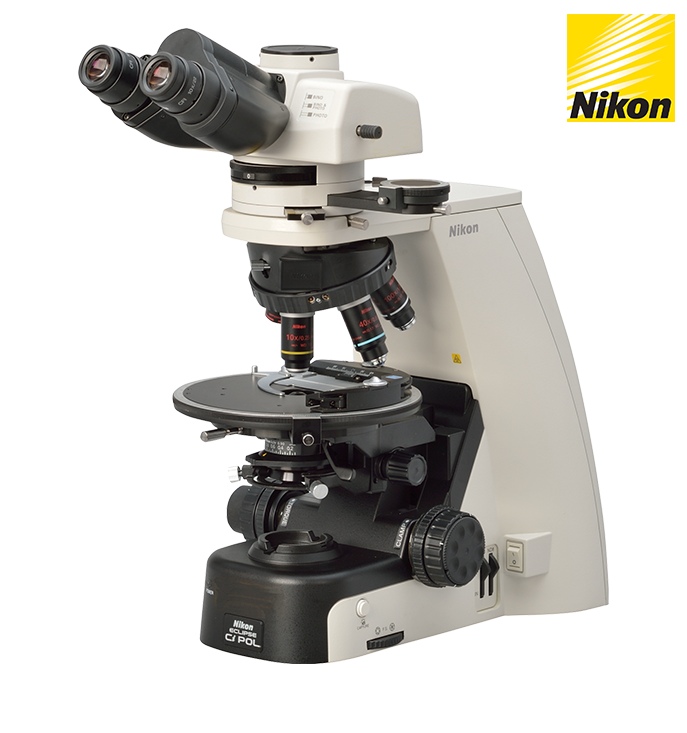Genitourinary
The genito-urinary field is wide ranging and includes the study of the organs of the reproductive and urinary systems in health and disease. Genitourinary medicine (GUM) is most commonly associated with the investigation of sexually transmitted diseases.
Most sexually transmitted diseases are caused by micro-organisms, such as bacteria (chlamydia, gonorrhoea), viruses (herpes, HIV, hepatitis B) and parasites ('crabs'). Microscopy is an important diagnostic tool that enables the rapid detection of infecting organisms in body fluids, genital secretions, and cervical smears and allows immediate steps to be taken to prevent the spread of infection. Some infective agents are associated with cancer (for example, human papillomavirus (HPV) and cervical cancer). Cancer cells may be detected using microscope-based cytological examinations.
Histological staining of tissue biopsies can help to determine disease pathology and identify and characterise infecting organisms. HPV in uterine carcinomas, for example, can be detected using FISH or by immunohistochemical methods using conventional brightfield or fluorescence imaging. Cancer cells may also be isolated from tissues for further molecular studies using laser microdissection.
Key clinical microscopy techniques in genito-urinary medicine include brightfield, darkfield, DIC, fluorescence, histochemistry, immunocytochemistry, immunohistochemistry, laser microdissection, digital imaging, digital slide and telepathology.

스펙


